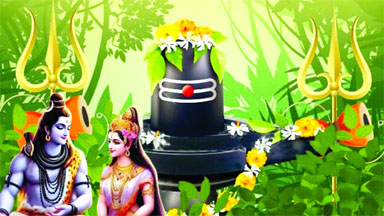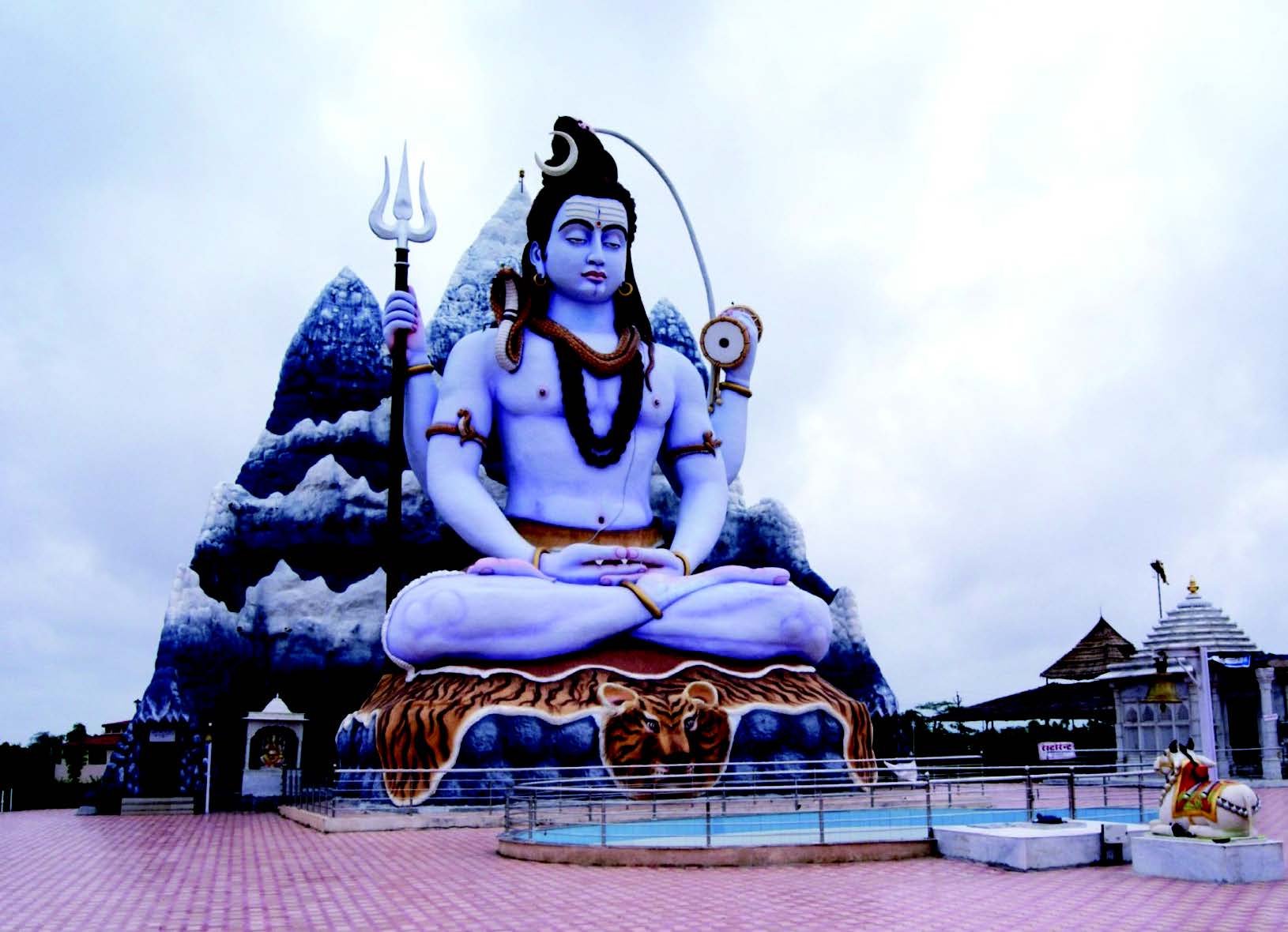
Hariyali Teej is a vibrant festival celebrated with great enthusiasm in parts of India, marking the reunion of Lord Shiva and Goddess Parvati.
The auspicious festival of Hariyali Teej is just around the corner, and the devotees of Lord Shiva and Maa Parvati are gearing up to mark this holy festival. There are three main Teej festivals celebrated by Hindus across the country – Hariyali Teej, Hartalika Teej, and Kajri Teej. They hold much significance because of their occurrence in the Sawan and Bhadrapada months. More specifically, Hariyali Teej falls on the third day of Shukla Paksha in the month of Sawan. If you are celebrating Hariyali Teej with your loved ones, it is important to learn about its history, significance and exact date. This year, the festival falls on August 7.
Legend
According to the legend associated with Hariyali Teej, Lord Shiva reminds Goddess Parvati about the number of times she took rebirths to win his heart. Mata Parvati had forgotten all that happened in the 107 previous births.
Therefore Lord Shiva narrated the stories of her struggles, determination and perseverance to her. Mata Parvati took her 108th birth at the house of the King of Himalayas.
During this birth, Mata Parvati performed intense penance to win Lord Shiva’s heart. She survived on dry leaves after giving up food and water.
She braved harsh weather, hail and storm and continued with her penance. After seeing her undergo so much pain, her father was distraught.
A few days later, Devarshi Narada Muni visited her father’s palace as Lord Vishnu’s representative with a marriage proposal. After learning that Lord Vishnu has expressed his desire to marry his daughter, the father beamed with joy, but this news left Parvati devastated.
Therefore, she sought one of her friend’s help and hid in a thick forest. The king of Himalayas sent his soldiers to nook and corner, but all their efforts went in vain.
Meanwhile, Lord Shiva appeared before Parvati and granted her the boon of having him as her husband. He also asked her to inform her father about her decision not to marry Lord Vishnu.
Eventually, after learning about his daughter’s desire, the father invited Lord Shiva and got Parvati married to him.
Fasting Rituals and Traditions
The Hariyali Teej is marked by a series of fasting rituals and traditions that are deeply rooted in the cultural fabric of the festival.
Women across various regions observe a nirjala fast, which is a commitment to abstain from both food and water throughout the day. This practice is a testament to their devotion and the strength of their spiritual resolve.
Perform Aarti: Engage in the spiritual act of aarti, illuminating the sacred space with light.
Seek Blessings: Offer prayers for the prosperity and happiness of loved ones.
Breaking the Fast: Conclude the fast by offering water, fruits, and sweets to the moon.
Cultural Practices and Celebrations
Hariyali Teej is not just a festival; it’s a vibrant expression of culture and tradition. Women dress in green saris and adorn themselves with henna and bangles, symbolizing growth and prosperity.
The day is filled with singing traditional folk songs and swinging on beautifully decorated swings, which are often set up on trees or in courtyards.
Community gatherings are common, where stories of Goddess Parvati’s devotion to Lord Shiva are shared. These narratives reinforce the sanctity of marriage and the virtues of patience and devotion. The festivities also include a variety of local delicacies, each region adding its unique flavor to the celebration.
– Mehndi (Henna) Application
– Swinging on Decorated Jhoolas
– Singing Teej Songs
– Sharing of Hearty Meals
– Exchange of Gifts
The festival is a time for women to bond, share joys, and pray for the well-being of their families. It’s a day when the monsoon’s freshness is welcomed with open hearts and the hope for a prosperous future.
Nirjala Fasting and Its Importance
Nirjala fasting on Hariyali Teej is a testament to the unwavering faith and devotion of many women who abstain from both food and water throughout the day.
This form of fasting is a profound demonstration of determination and self-discipline. It is not just a physical challenge but also a spiritual endeavor to seek blessings for the well-being of their families.
The practice of Nirjala fasting is deeply integrated into the festival’s traditions, and it is observed with a series of rituals:
– Expressing the intention to fast and seeking divine blessings.
– Dressing in green attire to symbolize the monsoon’s lushness.
– Performing Aarti and singing devotional songs.
– Breaking the fast traditionally after sighting the moon, with a simple meal offered to the moon first.
Sankalp: The Vow of Fasting
The Sankalp is a solemn vow taken by women on the morning of Hariyali Teej, marking their commitment to the fast. It is a moment of spiritual reflection and dedication, where they express their intention to observe the Nirjala fast, abstaining from both food and water throughout the day.
This act is not merely a physical challenge but a testament to their determination and self-discipline.
The process of taking the Sankalp includes several steps, which are outlined below:
– Expressing the intention to fast and seeking divine blessings.
– Dedicating the fast to the prosperity and happiness of one’s family.
– Adorning oneself in green attire, symbolizing the monsoon’s verdure and the festival’s spirit.
– Breaking the fast is equally significant and is traditionally done after sighting the moon. The fast is concluded with a simple meal, offered first to the moon, along with water, fruits, and sweets.





Be the first to comment